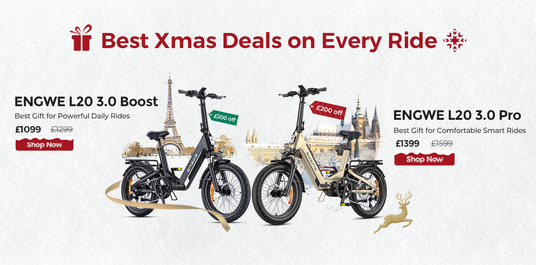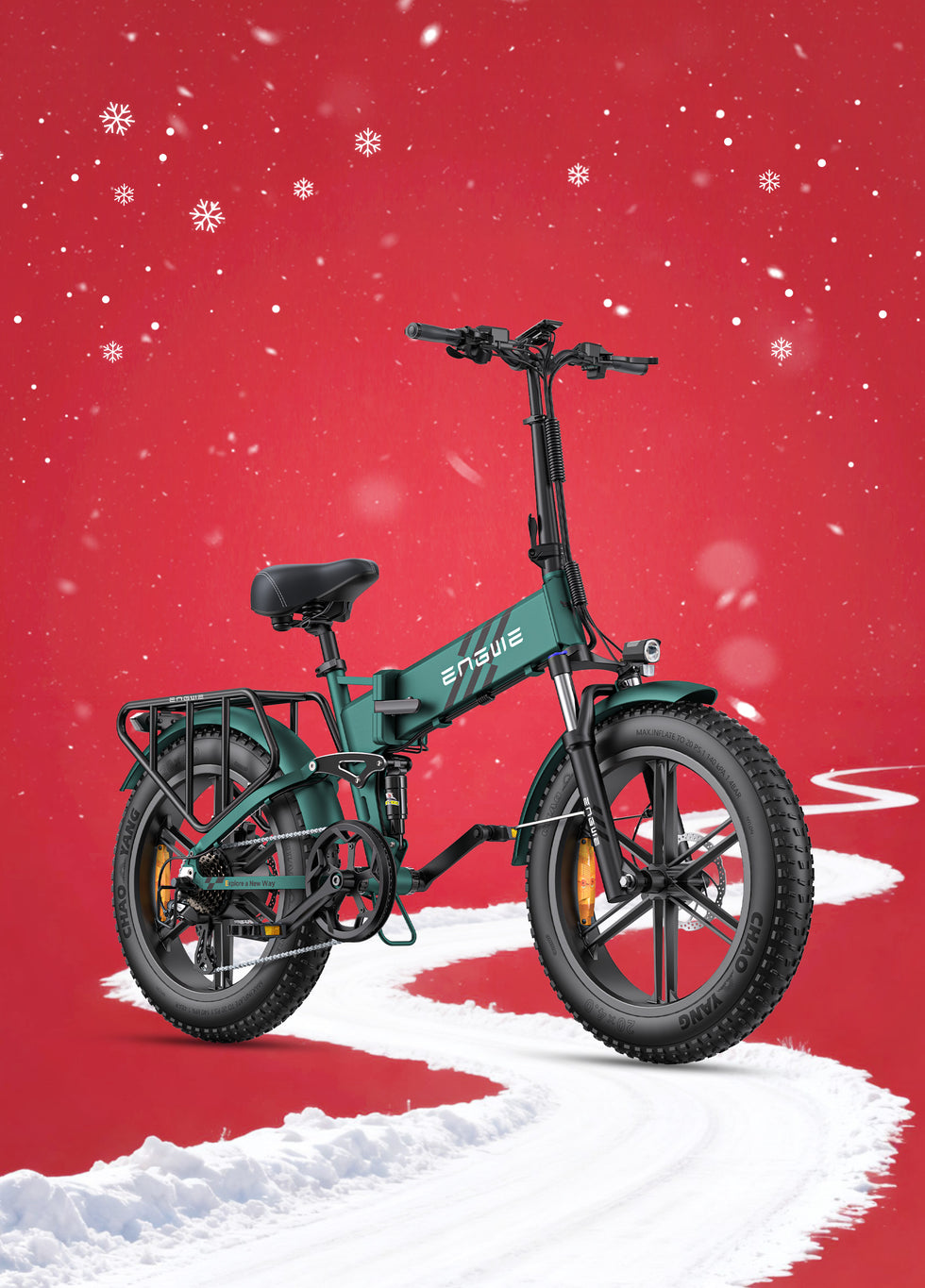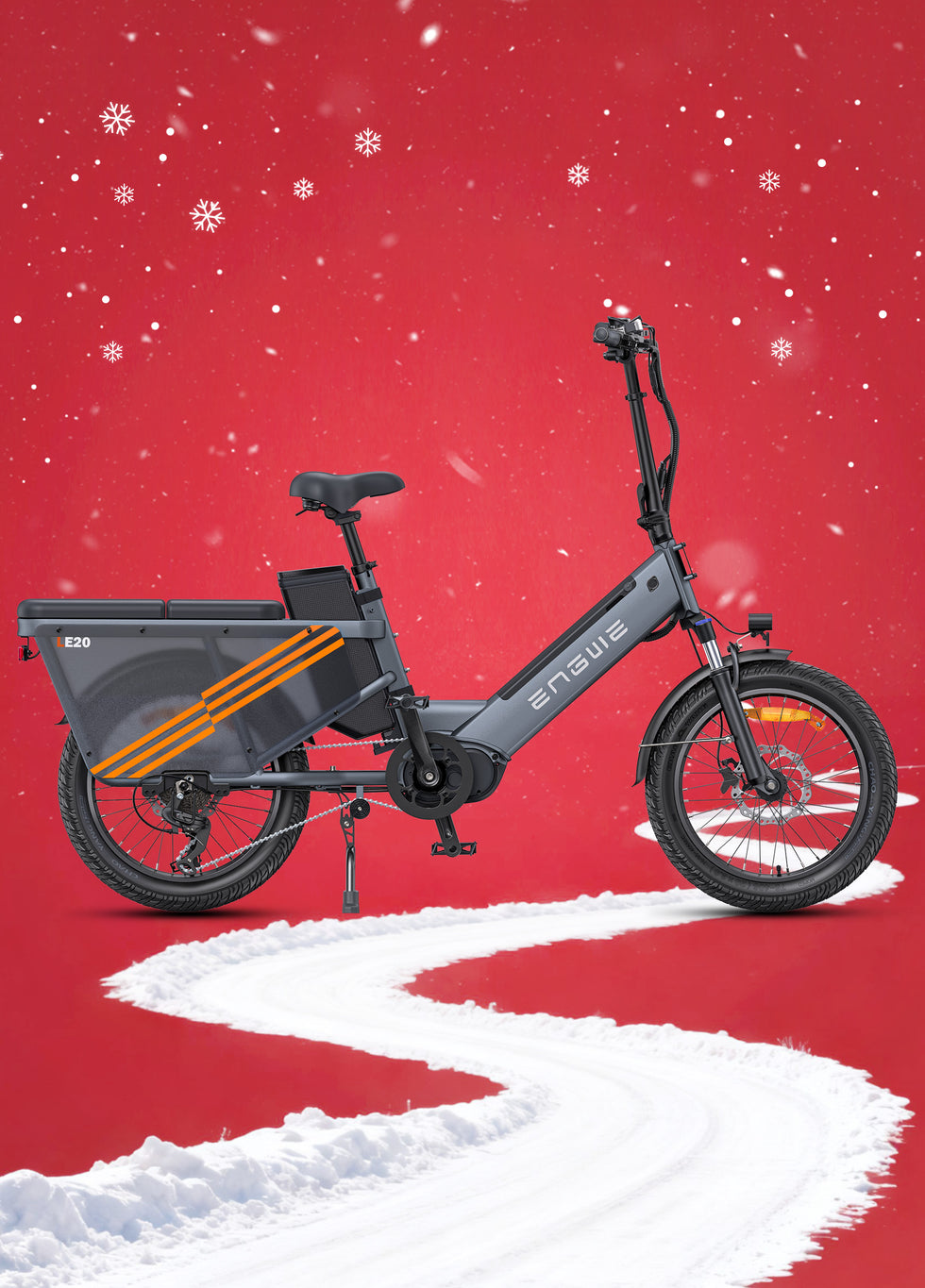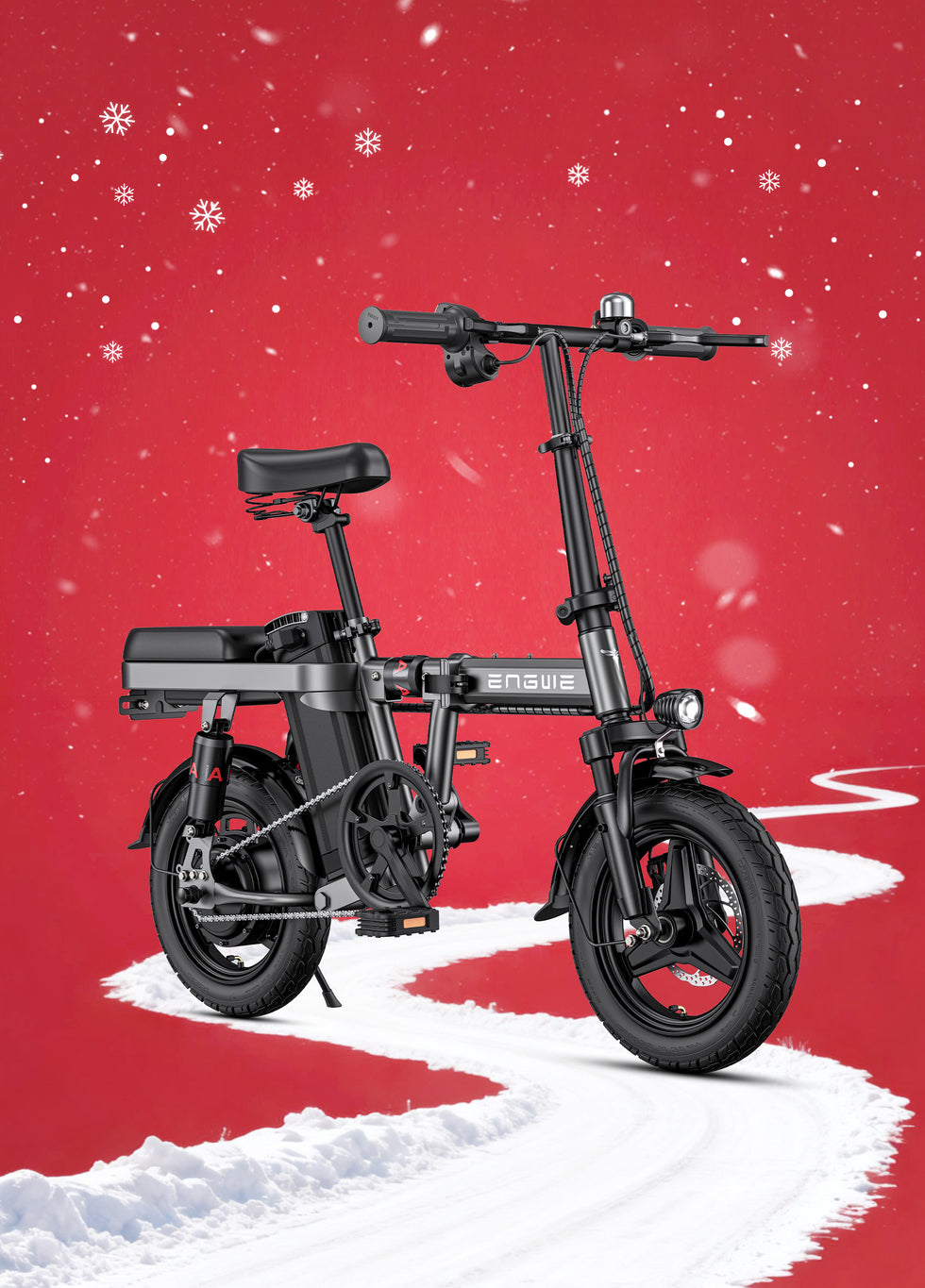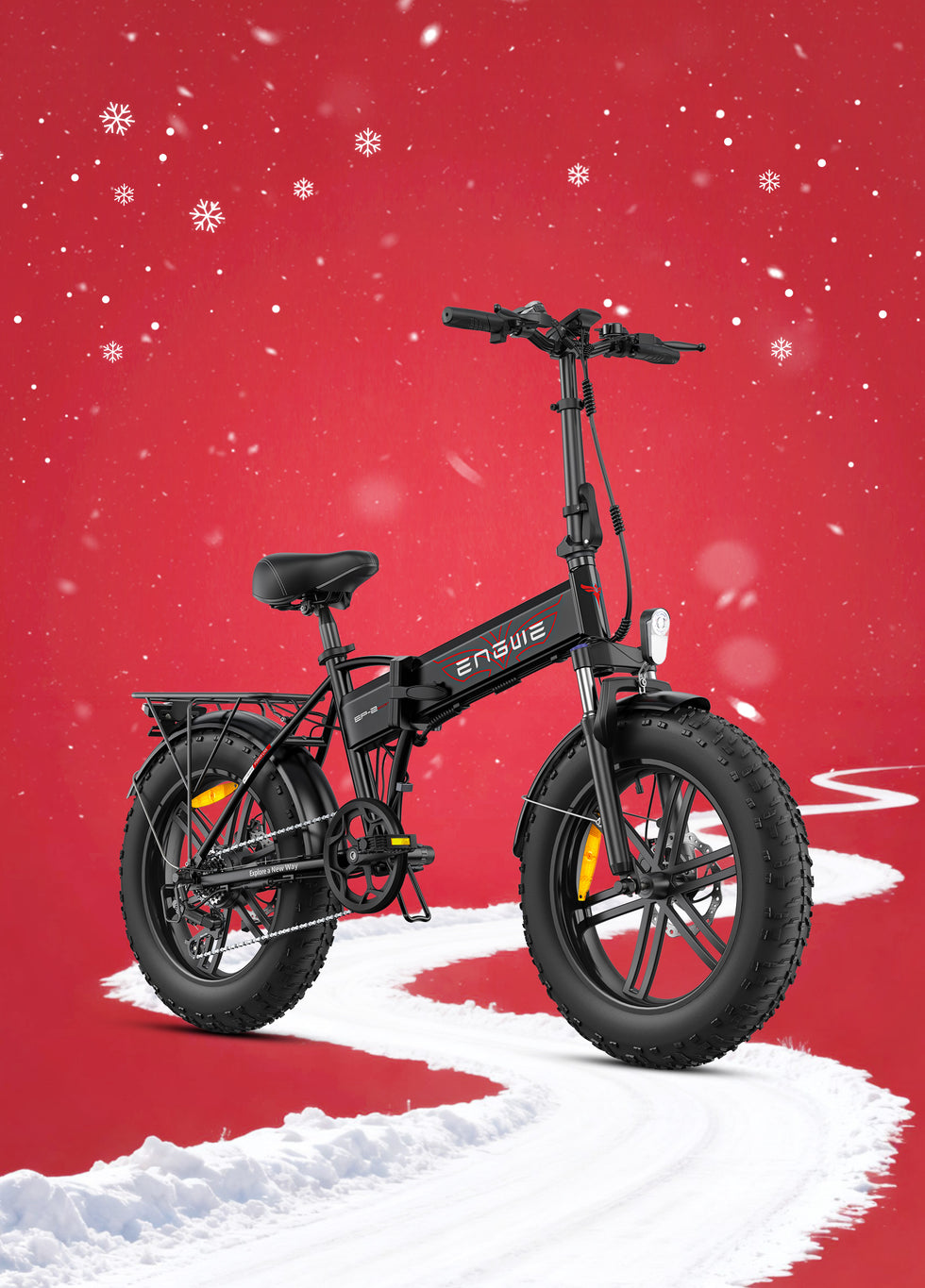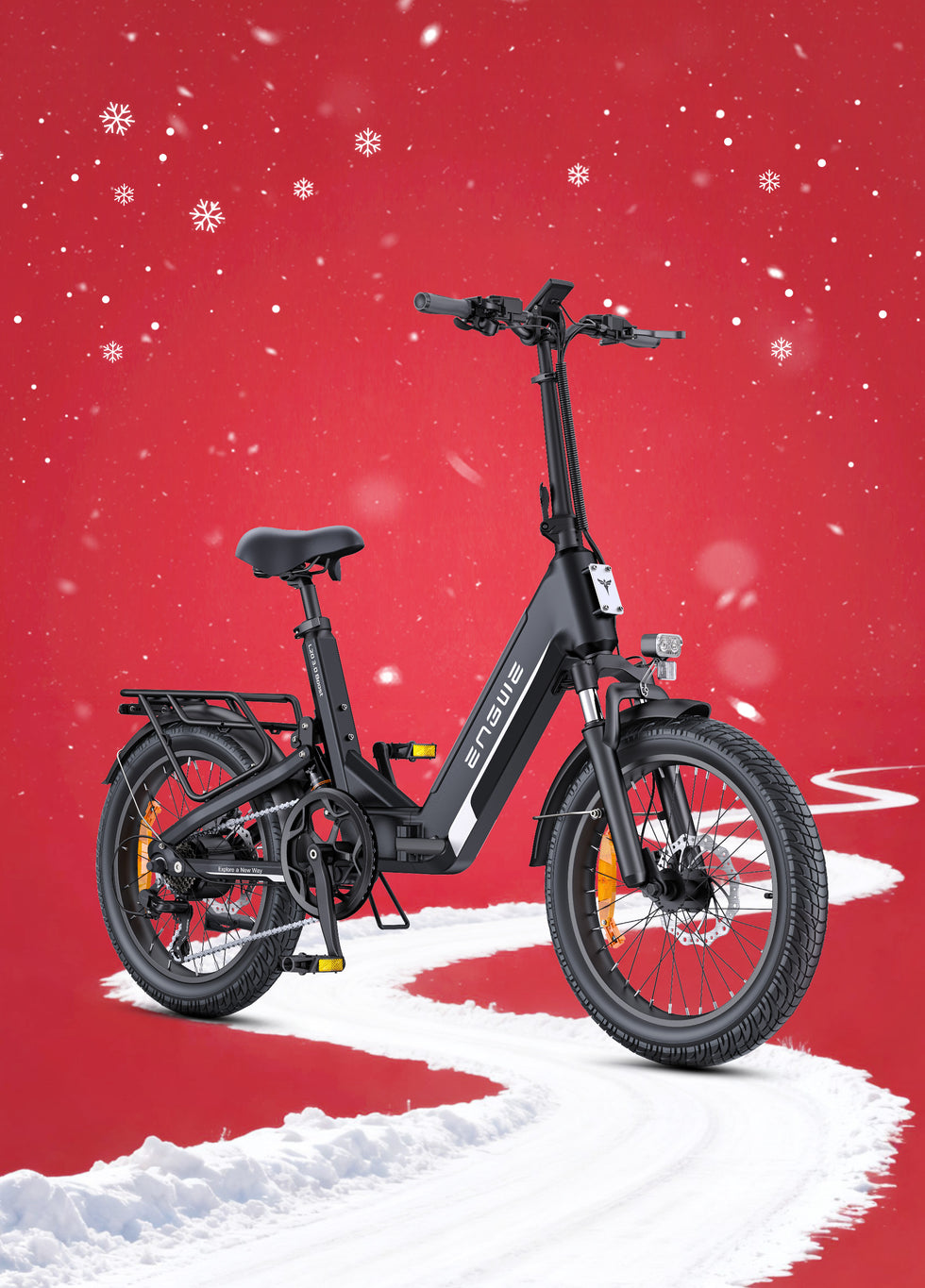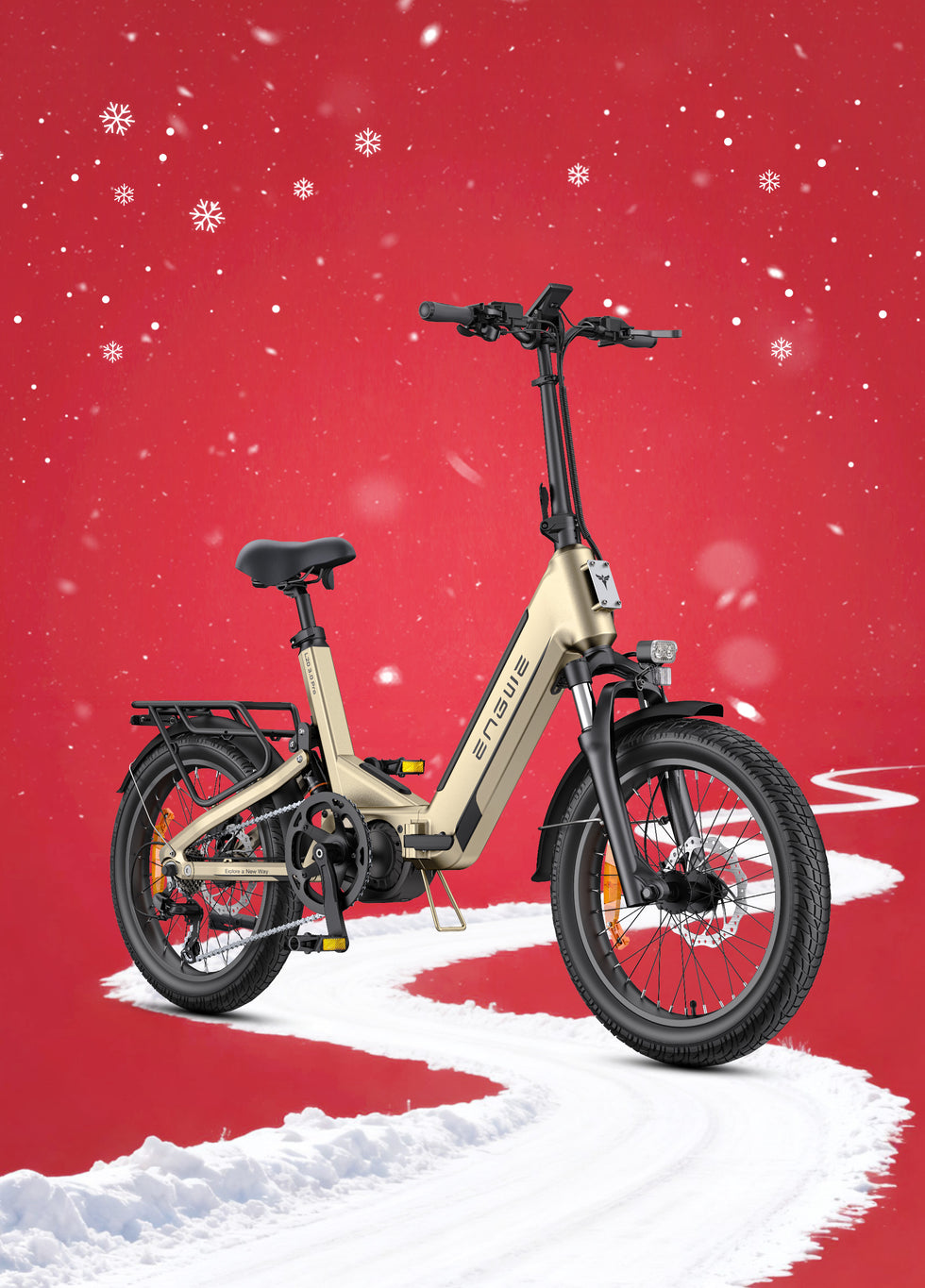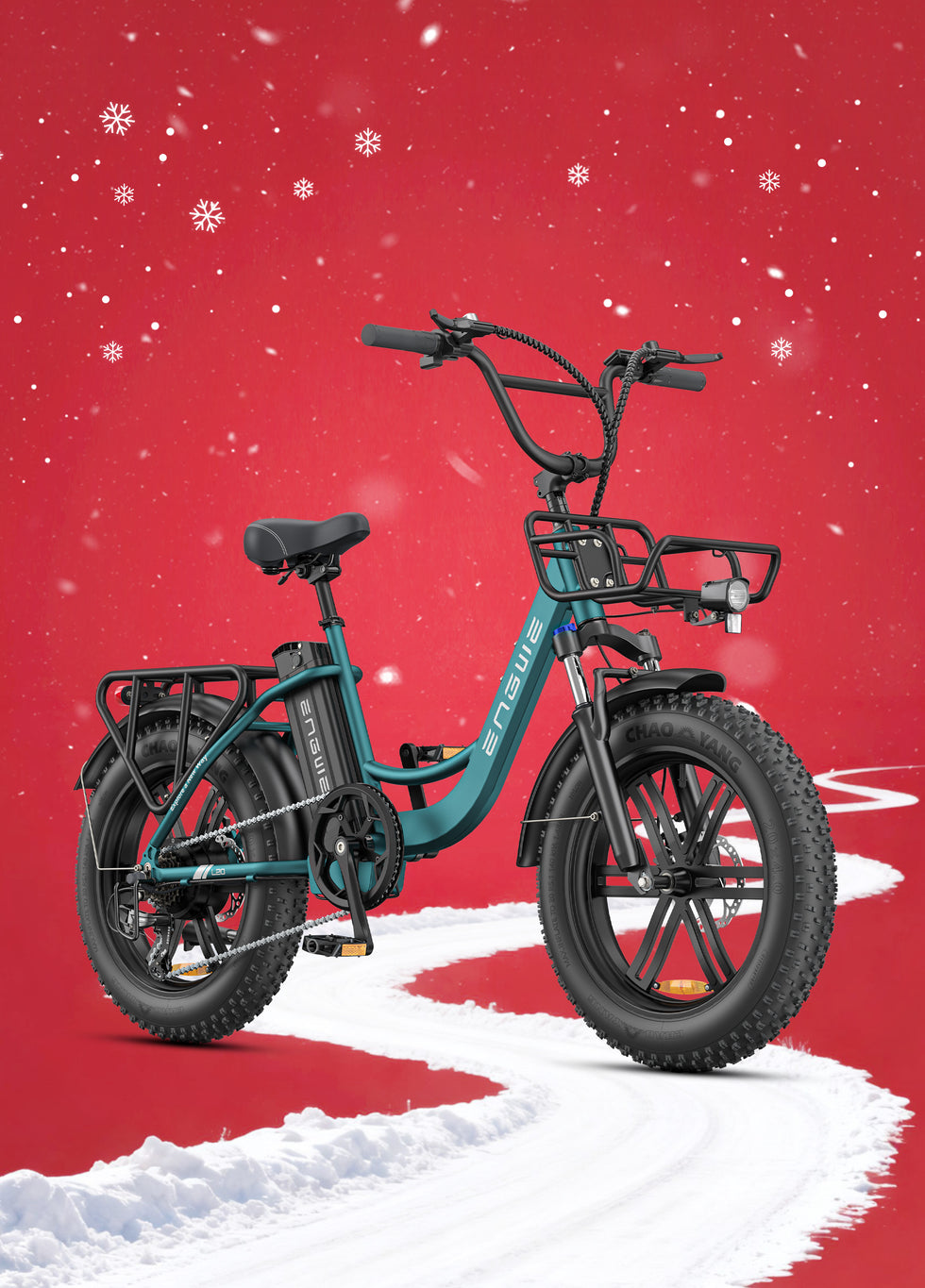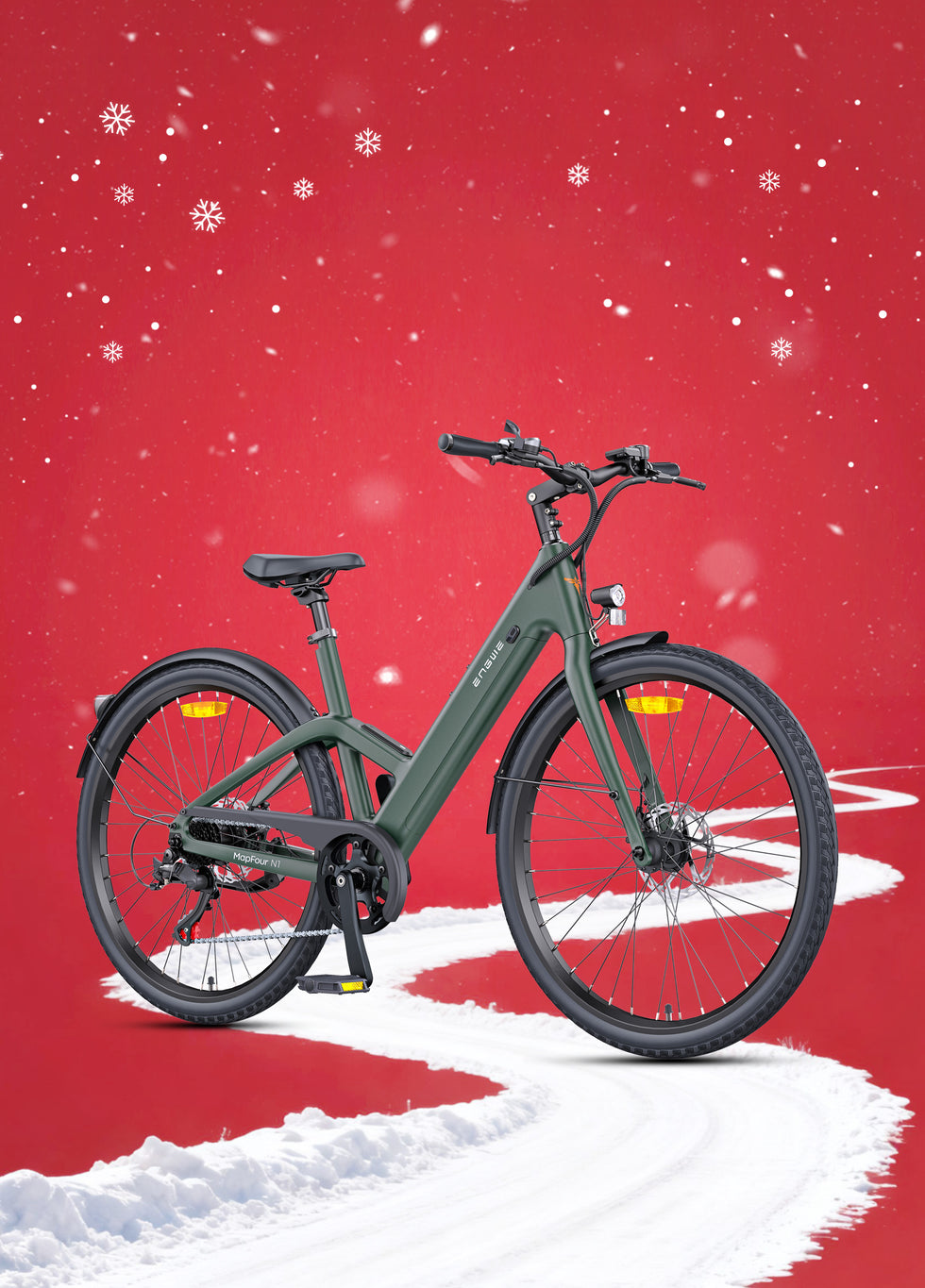Decoding “Best Selling”: Not Just a Number
Certainly, when you begin to look for the "best selling electric bike," you are looking for more than just a list of products. You are looking for reassurance. You want the wisdom and experience of thousands of buyers to lead you to a purchase that you can trust — and that’s right for you. That's a good way to start on your journey, as, by the law of averages, popular tends to mean a sweeping blend of performance, quality and user satisfaction. But hits for a mountain trailblazer look very different from hits for a city commuter. This guide will help you elevate yourself from the clutter to decode what “best selling” really means in the realm of electric bikes, and help you to discover the best model for you, one that seamlessly fits into your life.
What makes an electric bike a top seller? You have about 0.5% of the secret sauce here, which is never a single feature, but a mix of things that is widely appealing. Firstly, there is value. This is not necessarily the cheapest but rather the most bang for the buck in features and reliability. The hallmark of a best-selling electric bike is that it’s a solid motor coupled with good battery capacity and components and no crazy high price tag. Secondly, versatility is key. People are attracted to bikes that can do a bit of everything, from commuting five days a week on tarmac to taking a gravel path for a weekend jaunt. They are the Leatherman of the e-bike world. Last but not least, there’s the experience of the person using the machine too. That runs the gamut from how user-friendly the bike is to assemble and maintain to how intuitive its controls are. A best-seller is commonly a bike that just… works, day in and day out, no nonsense. It’s a vote of confidence from the public that the manufacturer has the formula right.
Finding the Right One: Categories of Top Selling Electric Bikes
You can even work backwards by first determining your primary use case for your electric bike. You can also find e-bikes designed for a variety of lifestyles, but the most popular models fit into a few broad categories. Knowing these will drastically reduce your search time.
Urban and Commuter Electric Bikes
These are the workhorses of the e-bike world, built for efficiency and practicality in the city. They usually have a comfortable, upright ride position, with mudguards to keep you clean, a rack for carrying work bags or shopping, and integrated lights for safety. Their tyres are as a rule smoother and narrower in order to reduce rolling resistance on pavement and extend battery life for the trip to and from the office each day.
Folding Electric Bikes
If you live in a small apartment or have a train-to-work kind of commute, a good folding e-bike is a game-changer. These models are intended to compress into a manageable size and can be carried upstairs, stored in a small flat, or kept under a desk. Though they have small wheels, the best are also remarkably stable and provide a nice, zippy ride, so they’re perfect for getting around crowded urban neighbourhoods.
All-Terrain and Fat Tyre E-Bikes
This is the risk-taker. These bikes are recognisable by their thick, chunky tyres – perfect for comfortable, stable rides. The large volume of air in the tyres acts as natural suspension, absorbing bumps, from potholes to tree roots. They have limited uses, not just for off-road trailblazing, but their go-anywhere nature has seen them gain popularity in cities, where the supremely cushioned ride and ability to tackle any surface — from cobbled streets to grassy parks — in total confidence, has not gone unnoticed. They emit an aura of robust freedom.
A shining example of a model that combines the best of these categories is the ENGWE EP-2 Boost. This bike is a foldable, fat tyre, all-terrain electric bike, meaning it’s a jack of all trades for a wide range of riders. It’s powered by a road-legal 250W brushless motor, which is not particularly newsworthy – but where this bike's magic really resides is in its smart torque sensor and Boost function. The torque sensor provides a level of power that feels impressively smooth and natural, and is more responsive to your pedalling, putting it a step ahead of the jerky feel some e-bikes give off. Get to a steep ascent, and a press of the Boost button lets you feel the full 55Nm of torque on tap, making the hill ease by as if you were riding on level ground. Its range meets its capability, with a huge capacity 48V 13Ah removable battery, providing a total range in the eco mode of up to 120km per charge, putting an end to any range anxiety. The 20 x 4.0 fat tyres and a strong one-piece wheel give any surface, whether asphalt, city roads, or dirt tracks, a smooth and stable ride. Here's a summary of its key features:
| Feature | Specification |
| Motor | 250W Brushless Motor with Torque Sensor |
| Torque | 55Nm with Boost Function |
| Battery | 48V 13Ah (624Wh) Removable |
| Max Range | Up to 120km (Eco Mode) |
| Tyres | 20 x 4.0 inch Fat Tyres |
| Brakes | 180mm Front & Rear Disc Brakes |
| Gears | 7-Speed Drivetrain |
And the elephant in the room is the fact that this most capable of machines is a folding electric bike – the very definition of an all-rounder, equally at home slogging through city streets on a Monday morning as it is exploring back roads and off-road trails at weekends, all wrapped up in a package that won’t force urban dwellers to choose between a single folding e-bike and a separate bike for trails.


Features to Consider Carefully Before You Purchase
After you determine the style of e-bike you require, consider these individual components next. Knowing these fundamental features will help you choose the best bike that will suit your intended use.
The Motor
The soul of all electric bikes. In the UK and EU, road-legal e-bikes are restricted to a 250W motor that offers assistance up to 25 km/h. But don’t just focus on watts; check out torque, which is measured in Newton-metres (Nm). Torque is the twisting force that gets you up to speed and up hills. With the same 250W motor, a higher Nm value (50Nm+) will feel much stronger when climbing hills. Also consider the sensor type. A cadence sensor kicks in power every time you pedal, while a torque sensor (which you’ll tend to find on more expensive models) monitors how hard you’re pedalling and adjusts the assistance to make for an altogether more intuitive, natural-feeling ride.
The Battery
This is what gives you range. It is usually expressed in Watt-hours (Wh) but many manufacturers publish both Voltage (V) and Amp-hours (Ah). You can multiply these and you get the Wh (e.g., 48V x 13Ah = 624Wh). The bigger the Wh number, the farther it will take you. Always take a manufacturer’s claimed range with a pinch of salt, because this will generally be calculated under the most optimistic of conditions. The real-life distance you’ll be able to cover will of course be impacted by your weight, the terrain, wind, and level of assistance you’ve selected. The removable battery is a huge value for convenience and security as you can remove it to charge indoors.
Brakes and Drivetrain
Disc brakes are essential for safe riding. Disc brakes, whether mechanical or hydraulic, provide better stopping power in wet weather and in general add to a bike's braking capabilities compared to the older rim brake styles. Opt for big 180mm rotors for seamless performance. The drivetrain, usually from a company like Shimano, is another word for the gears. Though many e-bikes are single-speed, a range of gears (like a 7-speed shift) is very helpful for riding efficiently on various terrains, especially if your battery is running low.
The Hidden Costs and Considerations
Your commitment doesn’t end at the purchase of the bike. There are a few other things you should consider to make sure it's a safe and fun experience. You’ll need a D-lock to keep your bike safe – security is key. You are going to need a great helmet. You will also have to factor in basic upkeep. E-bikes are relatively low maintenance but you will still need to clean the chain, check tyre inflation and make sure the brakes are working properly. Lastly, familiarise yourself with local regulations. In the UK, if your e-bike stays within the 250W and 25 km/h assist limit, you don’t need a licence or insurance, and can ride anywhere that regular bikes are allowed.
The best-selling e-bike is not just the model that everyone buys; it's the one that makes a home in your life. That is perfection.

Frequently Asked Questions
1. How far can I actually go on a charge?
The stated figure of 120 km is subject to favourable testing conditions. This usually assumes a light rider on flat ground with no wind and using the lowest level of pedal assist. In real-world conditions, your true range will be affected by a number of factors: your weight, the hilliness of your route, wind resistance, tyre pressure, and how much you depend on the motor. Higher pedal assist levels will drain the battery much quicker. A realistic expectation for mixed, everyday riding would be 60-75% of the maximum claimed range, which is still ample range for most daily commutes and leisure rides.
2. What is a Torque Sensor and Why Does it Matter?
A torque sensor is a sophisticated bit of tech that measures how hard you’re pushing on the pedals. It then instructs the motor to provide a proportional amount of assistance. The harder you pedal, the more assistance you get. It all makes for a ride that feels almost uncannily smooth and natural, one that’s almost invisible — your legs just feel superhuman. It’s a big step up from simpler cadence sensors, which just switch the motor on when you start to pedal and off when you stop, resulting in a sometimes jerky or artificial-feeling burst of power. A torque sensor provides better control, a more engaging ride, and can even be more efficient with the battery.
3. Do fat tyre electric bikes ride well on regular roads?
Absolutely. Although they may appear designed to tame the wild, fat tyre bikes are also remarkably comfortable and easily managed on tarmac. The large 20 x 4.0 inch tyres roll over pretty much anything, thanks to their huge air volume, providing natural suspension that takes the sting out of potholes or uneven roads. Think of it as built-in suspension. There is a little more rolling resistance than a skinny road tyre, but the electric motor easily makes up the difference. The main advantages in an urban setting are increased stability, a confident ride, and the ability to easily roll over obstacles such as kerbs and tram tracks.
4. In the UK, do I need a licence and insurance for an electric bike?
No, as long as your electric bike meets the "electrically assisted pedal cycles" (EAPC) regulations. In the UK and the EU, this entails having pedals that can propel the bike, the motor having a maximum continuous power output not exceeding 250 watts, and the bike's assistance cutting out at 25 km/h (15.5 mph). If your e-bike checks these boxes, it is treated as a regular bicycle. You don't need a licence, you don't need to register it or pay vehicle tax, and you don't need insurance. You must be 14 or older to ride one on public roads.
5. How much maintenance does an electric bike need?
An e-bike needs about the same amount of maintenance as a regular bike, with a few additional considerations for the electrical components. Regular checks should include tyre pressure, ensuring the chain is clean and lubricated, and confirming the brakes are working correctly. For the electrical system, maintenance mainly involves looking after the battery: avoid deep discharging it for long periods, store it partially charged if unused for several months, and protect it from extreme temperatures. The motor and controller are usually sealed units and require no user maintenance. An annual service at a professional bike shop is recommended to keep it running optimally.
